 To really understand things in this historical context, you should really watch all 6 parts of this excellent documentary (made in 1997) about the abuse of the Colorado River. That is, this is the first river to ever come under complete human control. The basic components and operations of a hydroelectric dam are shown below. 
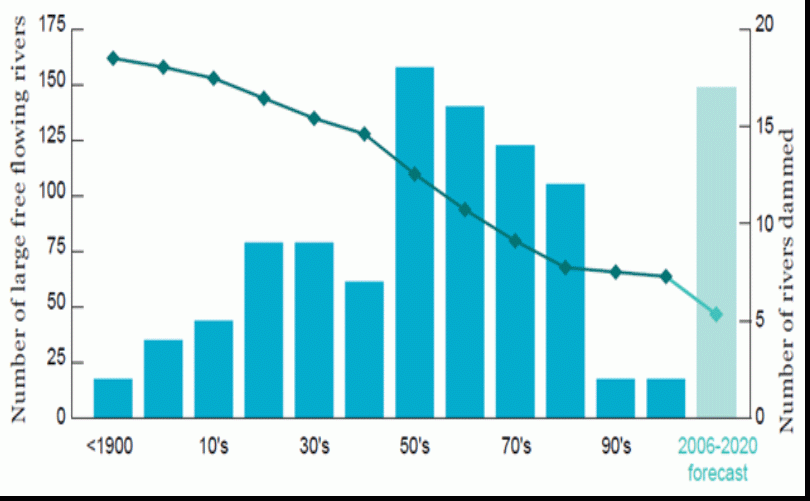 The projected increase in dam construction is occurring mostly in the following countries: 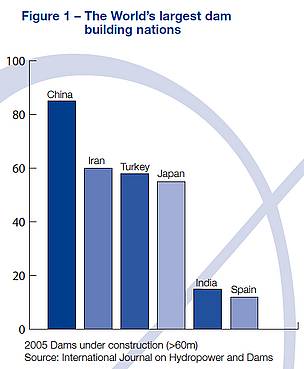 Again within the context of this time (1930 - 1980 is when most of the US hydro infrastructure was deployed - see image above) - it's useful to compare (clean) hydropower with other (dirty) sources of electricity generation. Disadvantages of power plants that use coal, oil, and gas fuel:
However, since hydropower requires significant river flow, it becomes a regional solution, not a national one.
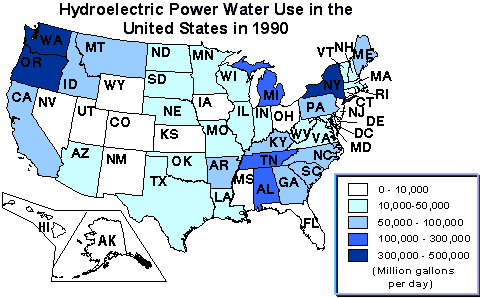 California has the biggest hydroelectric facility network in the US with about 400 individual dams that together supply about 15000 MW of continuous power. Hydro Power in California
The Pacific Northwest has 58 hydroelectric dams the provides 63% of total electricity generated in this region.
Much of this regional resource is managed by The Bonneville Power Administration But note that this resource has high seasonal variance (and now high annual variance due to highly variable snowpack . Indeed, one of the primary reasons that BPA is building so many windfarms in WA and OR is to compensate for reduced steam flow in the Columbia river basin due both to climate change and long term drought in the American West.
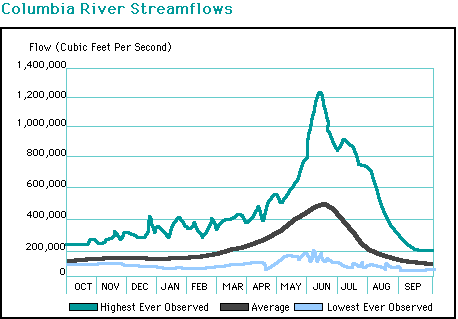
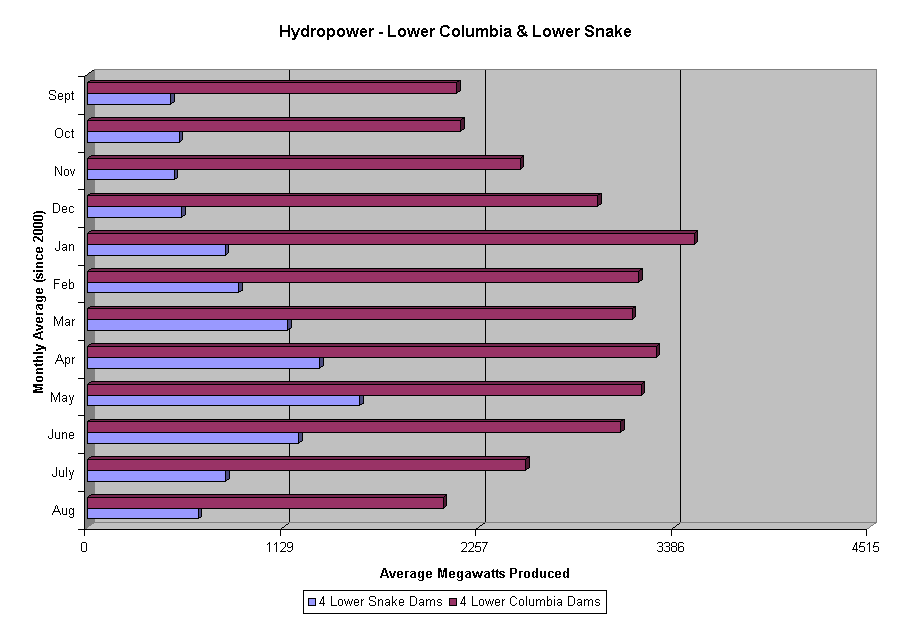
The averages from several studies yield the following:
So that's a total of 45,000 MW
|


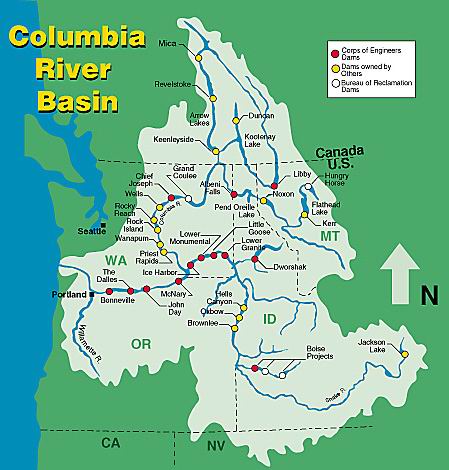
 11,000 MW (significant)
11,000 MW (significant)